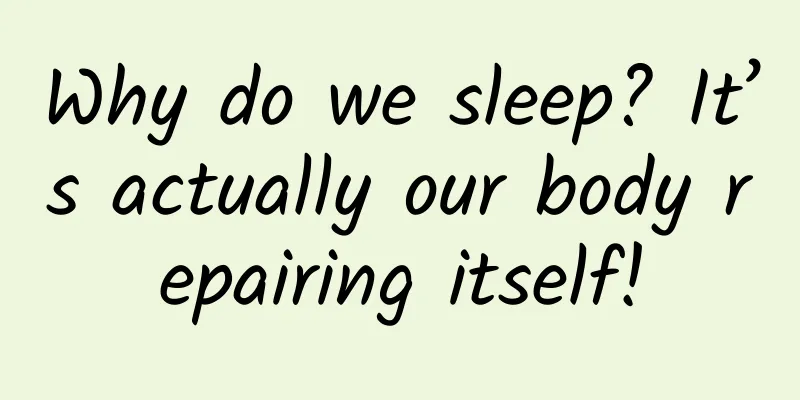Girls' hip bones protruding on both sides

|
Hip pain often occurs around the groin or on both sides of the hip joint. Excessive use causing hip damage and other reasons can cause this problem in women. As with other chronic pain conditions, women are more likely to be troubled by hip pain. There are many reasons for hip pain in women, and women of different age groups often experience hip pain for different reasons. When a patient tells the doctor that he or she has hip pain, the first thing the doctor should do is to determine whether the pain is actually in the hip joint. Pain in the groin, upper buttocks, or lower back can all be confused with hip pain. In addition, differences in age groups will always lead to different diagnostic results. The causes of hip pain in a skinny girl in her 20s who loves jogging and an 80-year-old woman who sits still for a long time may be quite different. Knowing the true cause of your hip pain is essential to getting the best treatment results. Clinical medical statistics show that the most common causes of hip pain in women include the following 7 categories. 1. Hip arthritis Chronic hip pain in women is often caused by hip arthritis, especially osteoarthritis caused by severe damage to the hip ball and socket joint. The pain caused by this problem often occurs in the front of the inner thigh or groin, caused by stiffness and swelling in the joint. 2. Hip fracture Hip fractures occur all the time in older women, especially those who have osteoporosis (lower than normal bone density). Symptoms of a hip fracture include pain in the hip when flexing or extending the leg, stretching, or standing up that is significantly easier than in other postures. In addition, the toes on the side of hip pain are often damaged, which is also an important signal to guide doctors to diagnose osteoporosis and hip fracture. 3. Tendonitis There are many tendons around the hip joint that connect the muscles to the joints. These tendons are prone to inflammation if used excessively or during strenuous activity. The most common site of tendinitis in the hip joint is the iliotibial band, a thick tendon that connects the pelvic brim to the sides of the knee joint. Iliotibial band inflammation is also known as iliotibial band syndrome, and people who love running are particularly prone to this disease. 4. Bursitis Another cause of hip pain in women is bursitis. A bursa is a closed sac with an outer membrane produced by endothelial cells and a small amount of synovial fluid inside. It is usually located between the bony protrusions and tendons or muscles and skin around the joints. Bursae exist in areas with high friction or pressure. Like tendons, bursae can become inflamed from excessive use and often cause pain when the hip is moved. 5. Hernia If a hernia occurs in the groin, it may cause pain in the front of a woman's hip. Pregnant women are more susceptible to inguinal hernias due to increased pressure in the abdomen. 6. Gynecological problems Sometimes, pain in a woman's hip can be caused by gynecological problems. Endometriosis (when tissue from the uterine wall grows and detaches elsewhere) can cause pelvic pain that is sometimes mistaken for hip pain. 7. Lumbar nerve compression problem Pain originating in the back and spine can sometimes radiate to the buttocks and hips. Sciatica, a nerve compression problem that generally affects one side of the body, can cause pain in the back of the hip. The pain caused by lumbar compression of the nerves always starts in the waist and then gradually radiates to the buttocks and feet. What to do if your hip bone is prominent Patients with hip protrusion can adopt the following treatment measures: First, the patient should go to the orthopedic department as soon as possible to determine whether there is any primary disease that causes this condition. For example, this type of disease may be caused by a series of diseases such as congenital hip dislocation, hip bone tumor, pelvic tilt, scoliosis, etc. If such symptoms are confirmed, the underlying disease should be treated first. Most of these symptoms require surgical correction. Second, if the above symptoms are eliminated after medical treatment, and only obvious hip bone conditions remain, rehabilitation training can be used first to alleviate these symptoms. Patients are advised to do more hip strength exercises, such as weighted squats, frog jumps, breaststroke and other exercises to make the hip muscles more plump, which will alleviate the bone protrusion. Third, while exercising, patients should also appropriately increase their nutrition. For example, patients can eat more high-fat, high-protein, and high-vitamin foods, such as beef, mutton, fish, milk, eggs, as well as fresh fruits and vegetables. Fourth, patients need to do corresponding body exercises to improve this symptom. For example, patients can first practice standing in a military posture, and then try not to twist their hips while walking. In addition, female patients should try not to wear high heels. |
<<: How painful is it for girls to have their periods?
>>: Girls have cold hands and feet and irregular menstruation
Recommend
Reasons for sweating during sleep after childbirth
Speaking of sweating, I believe everyone is famil...
Blood test for six hormones during menstruation
For our body, if we want to know where the diseas...
Is it good to eat avocado during pregnancy?
Women who have been pregnant should know that the...
What should I do if my leucorrhea is yellow and a bit itchy?
Leucorrhea mainly refers to a secretion from a wo...
Traditional Chinese medicine recommends a dietary recipe for preventing and treating winter colds. It is simple and effective. It is recommended to collect it.
Editor's note: As the winter solstice approac...
How to remove stretch marks after childbirth?
Postpartum women are very concerned about changes...
Treatment for postmenstrual lower abdominal pain
The causes of lower abdominal pain after menstrua...
Why are there obvious blue veins on girls' hands?
The obvious blue veins on girls' hands are no...
Is the discovery of nodules cancer? The highest incidence rate among Chinese women! The report shows these two numbers or has been confirmed...
Expert of this article: Hu Zhongdong, Chief Physi...
There are fruits shaped like black pearls falling on the road. Don’t touch them, get out of the way!
Be careful when going out recently. Some fruits s...
What is the reason for yellow leucorrhea in early pregnancy?
Pregnant women whose leucorrhea turns yellow in e...
Can I drink coffee after my period?
Female friends can drink coffee after menstruatio...
Pictures of female anus after getting hemorrhoids
Hemorrhoids are a very common disease, and in cli...
Will taking anti-inflammatory drugs cause delayed menstruation?
There are many varieties of anti-inflammatory dru...
What to do if you have milk retention during breastfeeding
As the benefits of breast milk become more and mo...









